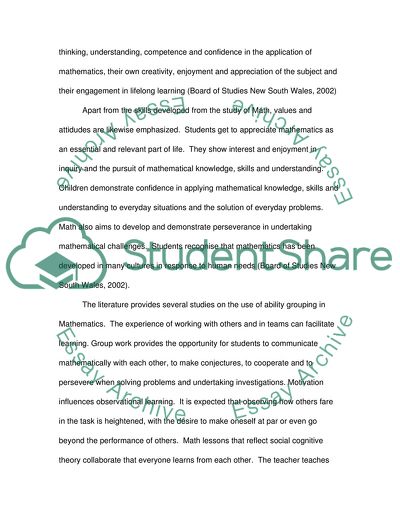Cite this document
(How Motivation and Emotion Affect Young Adolescent Girls Learning in Essay, n.d.)
How Motivation and Emotion Affect Young Adolescent Girls Learning in Essay. https://studentshare.org/education/1733583-mathematics-education
How Motivation and Emotion Affect Young Adolescent Girls Learning in Essay. https://studentshare.org/education/1733583-mathematics-education
(How Motivation and Emotion Affect Young Adolescent Girls Learning in Essay)
How Motivation and Emotion Affect Young Adolescent Girls Learning in Essay. https://studentshare.org/education/1733583-mathematics-education.
How Motivation and Emotion Affect Young Adolescent Girls Learning in Essay. https://studentshare.org/education/1733583-mathematics-education.
“How Motivation and Emotion Affect Young Adolescent Girls Learning in Essay”. https://studentshare.org/education/1733583-mathematics-education.


